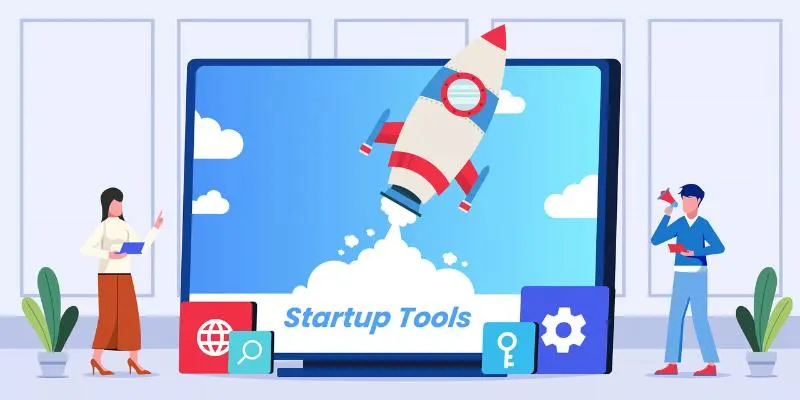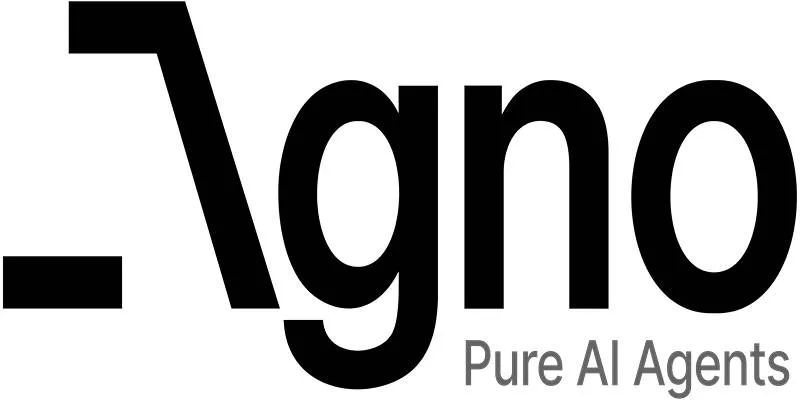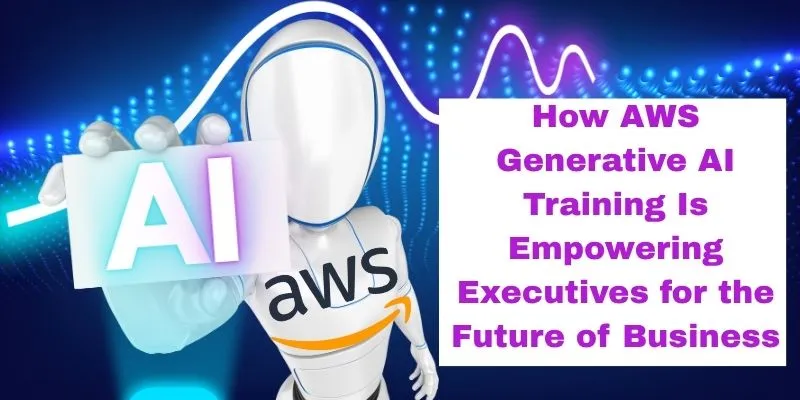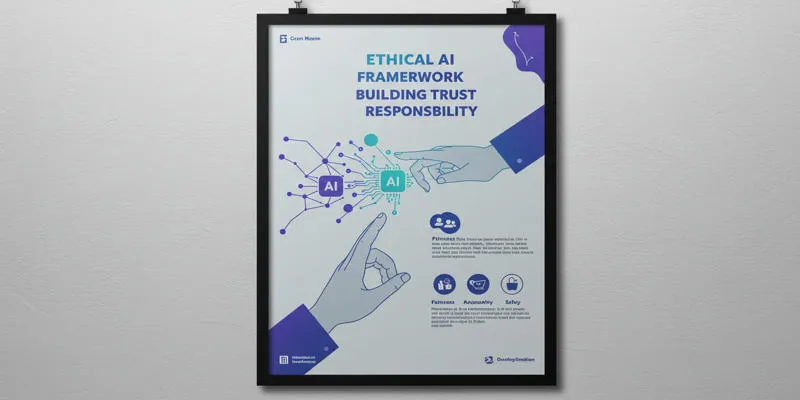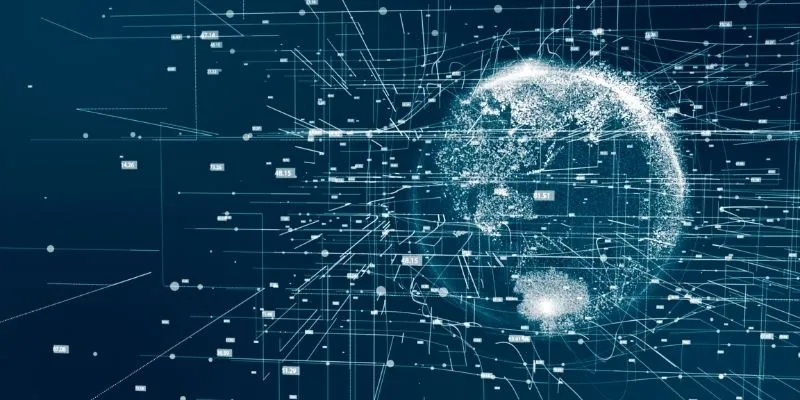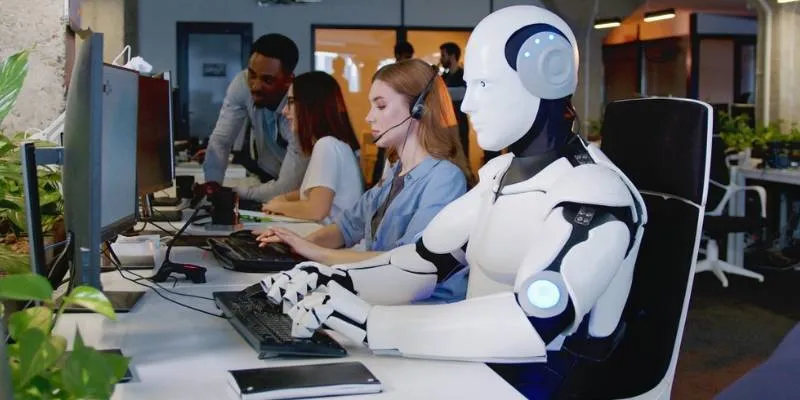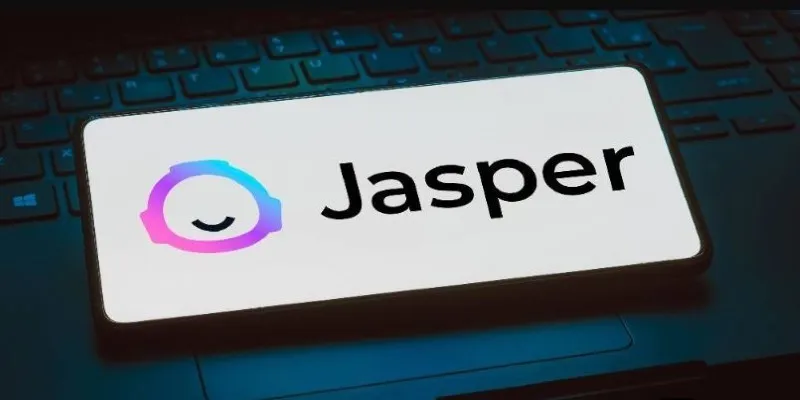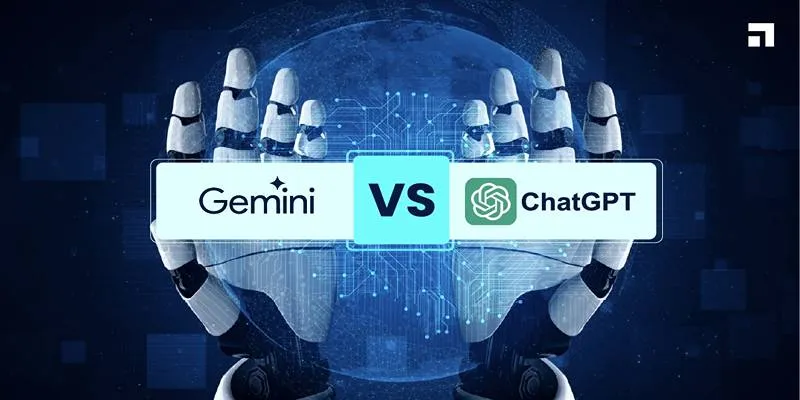Artificial intelligence is being widely adopted in industries where safety and precision are non-negotiable, and mistakes can carry heavy consequences. The recent deployment of AI agents tailored for compliance is reshaping how safety-critical sectors manage their responsibilities. These agents are more than just programs—they act as assistants capable of reading regulations, tracking tasks, and highlighting potential risks before they escalate.
For sectors such as healthcare, aviation, and high-risk manufacturing, this means fewer errors, faster responses, and greater confidence that regulations are being followed. The introduction of AI agents signals a move toward smarter, more responsive approaches to compliance.
Understanding the Role of AI Agents in Compliance
In safety-critical industries, every action is scrutinized, and every decision is bound by strict rules meant to protect people and prevent harm. These rules are constantly shifting, and even the most efficient teams can struggle to keep up. That’s where AI agents are starting to make a real difference, handling much of the heavy lifting while letting human teams focus on what they do best.

These agents are designed to read and understand massive volumes of information—from new government regulations to internal policy updates. They stay current by constantly scanning for updates and seamlessly integrating them into their everyday routines. In a hospital, for example, an AI agent can monitor hygiene records and identify when procedures begin to deviate from approved standards. In aircraft maintenance, it tracks inspections and logs to ensure nothing is skipped or left incomplete. By observing operations in real-time, it can catch oversights early, giving teams the chance to fix problems before inspectors even arrive.
What makes these agents especially valuable is their adaptability. Regulations change often, but these systems don’t need rewiring to keep up. They learn from patterns, pick up the language of new rules, and adjust automatically, helping organizations stay ahead rather than always playing catch-up.
Reducing Human Error and Increasing Transparency
Human error remains a leading challenge for compliance efforts. Even well-trained teams can make mistakes when faced with tight deadlines, repetitive documentation, and stressful inspections. Such errors can lead to fines, failed audits, or worse—safety incidents. AI agents are designed to relieve that pressure by keeping a constant watch on processes and ensuring nothing slips through unnoticed.
In manufacturing facilities, small compliance oversights can lead to safety hazards. An AI agent reviews documentation, compares sensor readings to established thresholds, and ensures that maintenance logs are complete. If something seems off, it quickly notifies supervisors, allowing them to respond. This prevents issues from accumulating and becoming systemic.
These agents also make the entire process more transparent. Every alert, suggestion, and correction is recorded, providing a clear trail of actions taken to remain compliant. When regulators come in for audits, companies can show not only that they’ve met the standards but also how they monitored compliance along the way. This kind of visibility builds trust with both regulators and employees, as everyone can see that safety and rules are taken seriously.
Challenges and Ethical Considerations
While the benefits are clear, introducing AI agents into sensitive industries is not without its hurdles. Accuracy must be reliable—misinterpreting a standard or misidentifying a problem can create more confusion than clarity. Developers are still working to improve models so that they can better handle complex and sometimes ambiguous regulations.

Another challenge is finding the right balance between automation and human oversight. AI agents are effective assistants, but they cannot entirely replace human judgment. Employees must still make final decisions, especially in nuanced or high-stakes situations. This means integrating AI in a way that supports human workers rather than sidelining them.
Privacy concerns are another factor, particularly where sensitive data is involved. In healthcare, for instance, agents monitoring patient care require strong protections to keep records secure. The same applies to industries where trade secrets or employee information is handled. Ensuring compliance with privacy rules while using AI to manage safety regulations requires careful planning and strong safeguards.
Future Outlook and Long-Term Benefits
Although still relatively new, AI agents are showing promising results across various sectors. Companies using them report fewer compliance gaps, quicker responses to audits, and a reduced burden on staff. Over time, these agents are expected to become even more sophisticated, better able to understand industry-specific language and context.
Looking ahead, AI agents may move beyond simply enforcing compliance to suggesting ways to improve safety and efficiency. By analyzing patterns across large datasets, they can identify weak spots in processes or predict where problems are likely to occur. This proactive approach not only helps organizations stay within the rules but also enhances their ability to protect people and assets.
For industries that operate under constant regulatory pressure, these agents offer a way to keep pace without overwhelming teams. Their ability to handle tedious checks and document reviews frees human employees to focus on bigger decisions. At the same time, their consistent monitoring reduces the likelihood of lapses that can damage reputations or put people at risk. Over time, they could become a standard part of how safety-critical industries operate—quietly but effectively supporting compliance efforts every day.
Conclusion
AI agents developed for compliance bring a new level of reliability and speed to safety-critical sectors. By helping teams manage rules and spot risks early, they make it easier to meet ever-changing regulations while reducing stress on human workers. These agents don’t replace people but give them better tools to do their jobs more effectively. With careful integration, clear oversight, and attention to privacy and accuracy, AI agents can help organizations maintain high standards without cutting corners. As they continue to improve, these agents are likely to play an even larger role in keeping workplaces safe, transparent, and accountable.
 zfn9
zfn9

